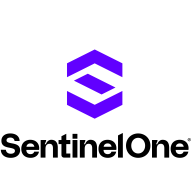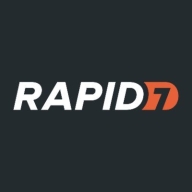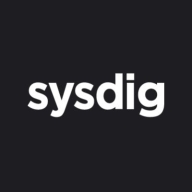


Sysdig Secure and Rapid7 InsightCloudSec compete in the cloud security solutions category. Data shows Rapid7 InsightCloudSec has an upper hand due to its extensive features, although Sysdig Secure is favored for its pricing and support.
Features: Sysdig Secure provides efficient runtime security capabilities, seamless integration with existing DevOps tools, and effective container security. Rapid7 InsightCloudSec offers real-time threat detection, robust compliance management, and a comprehensive feature set noted for its breadth of capabilities.
Room for Improvement: Sysdig Secure could improve user reporting tools, dashboard customizability, and scalability of its solution. Rapid7 InsightCloudSec users have pointed out the need for better alert management, enhanced data visualization, and improved API documentation.
Ease of Deployment and Customer Service: Sysdig Secure is known for a straightforward deployment process and responsive customer service. Rapid7 InsightCloudSec benefits from a simplified setup process and effective support, with users finding its deployment slightly more intuitive.
Pricing and ROI: Sysdig Secure is recognized for its cost-effectiveness, offering strong ROI with lower setup costs. Rapid7 InsightCloudSec's pricing is justified by its feature-rich offering, providing satisfactory returns. Though Sysdig Secure is more budget-friendly, InsightCloudSec's extensive capabilities make it a compelling investment.



SentinelOne Singularity Cloud Security protects cloud workloads, offering advanced threat detection and automated response. It integrates seamlessly with cloud environments and secures containerized applications and virtual machines against vulnerabilities.
SentinelOne Singularity Cloud Security is renowned for its efficiency in mitigating threats in real-time. The platform integrates effortlessly with existing cloud environments, ensuring robust cloud security management with minimal manual intervention. Securing containerized applications and virtual machines, it excels in threat intelligence and endpoint protection. However, improvements are needed in performance during high workload periods, and more integrations with third-party tools and better documentation would be beneficial. Users often find the installation process complex, support response times slow, and the dashboard's navigation unintuitive.
What are the key features of SentinelOne Singularity Cloud Security?In specific industries, SentinelOne Singularity Cloud Security is implemented to safeguard critical data and infrastructure. Organizations in finance, healthcare, and technology depend on its real-time threat detection and automated response to protect sensitive information. Its ability to secure containerized applications and virtual machines is particularly valuable in dynamic environments where rapid scaling is necessary.
Rapid7 InsightCloudSec is a comprehensive CSPM tool catering to cloud security across Docker and Kubernetes workloads, ensuring rigorous data classification and protection, focusing on AWS and Azure platforms.
Organizations leverage Rapid7 InsightCloudSec for securing cloud environments, integrating smoothly into Kubernetes settings for extensive security oversight. This tool addresses data protection with governance and access controls, providing centralized visibility and alert mechanisms. Users depend on its threat detection capabilities, easing data security management on AWS and Azure. The platform integrates automated processes and agentless scanning to foster an understanding of cloud security dynamics. Enhancements in CNAPP management and more intuitive interfaces could further streamline its use.
What are the most important features of Rapid7 InsightCloudSec?In financial sectors, Rapid7 InsightCloudSec is critical for safeguarding sensitive information and ensuring compliance. Healthcare industries use it to protect patient data, adhering to strict regulatory standards. E-commerce businesses appreciate its ability to secure transaction data while maintaining service availability through reliable threat detection and mitigation strategies.
In the cloud, every second counts. Attacks move at warp speed, and security teams must protect the business without slowing it down. Sysdig stops cloud attacks in real time, instantly detecting changes in risk with runtime insights, a unique AI architecture, and open source Falco. Sysdig delivers live visibility by correlating signals across cloud workloads, identities, and services to uncover hidden attack paths. By knowing what is running, teams can prioritize the vulnerabilities, misconfigurations, permissions, and threats that matter most. From prevention to defense, Sysdig helps enterprises move faster and focus on what matters: innovation.
Sysdig. Secure Every Second.
We monitor all Cloud-Native Application Protection Platforms (CNAPP) reviews to prevent fraudulent reviews and keep review quality high. We do not post reviews by company employees or direct competitors. We validate each review for authenticity via cross-reference with LinkedIn, and personal follow-up with the reviewer when necessary.